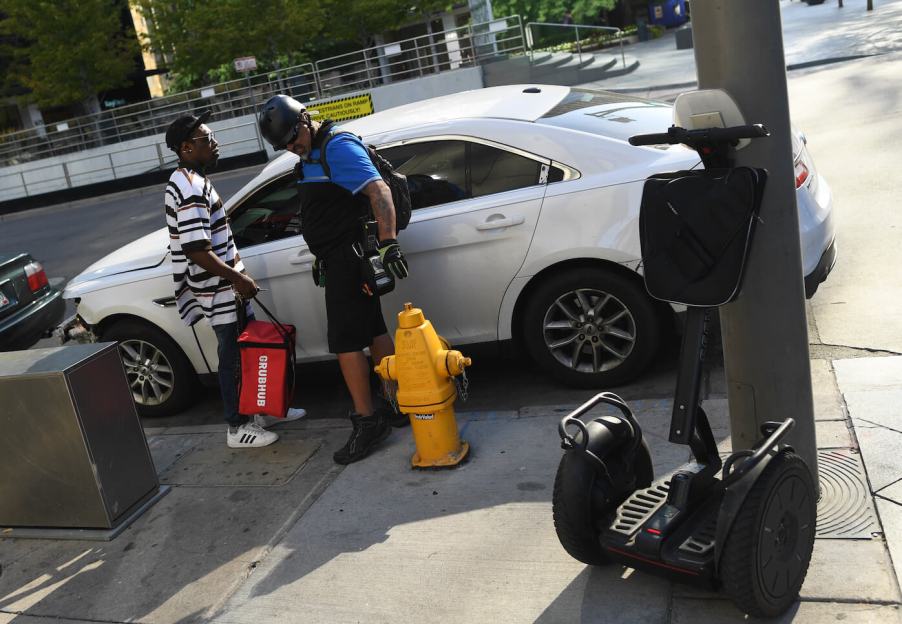
Are You Ever Allowed to Park in Front of a Fire Hydrant?
There are some things a responsible motorist just doesn’t do while driving. Don’t run a red light. Don’t obstruct an emergency vehicle. Never park in front of a fire hydrant. At the same time, a deep dive into traffic law turns up exceptions to every rule. A police officer can legally direct a motorist to run a red light. Gridlock traffic can prevent a driver from moving out of the way of a police car or ambulance. What about parking by a fire hydrant? What are the rules, and are there any exceptions?
State laws regarding fire hydrants
The rules regarding parking near fire hydrants vary based on jurisdiction but generally fall into predictable headings. Wisconsin requires a 10-foot distance from a hydrant, for example, while California mandates a 15-foot distance, but nobody demands 100 feet. Likewise, blocking a hydrant may garner a ticket or even a visit to traffic court, but an unwise motorist probably won’t go to prison over it.
That’s the state of play. What are the exceptions?
What do different fire hydrant colors mean?
First, some quick myth-busting: fire hydrant color doesn’t matter to the non-firefighting motorist. That’s not to say color is meaningless – quite the opposite. Per the National Fire Protection Association regulations, a set of voluntary best practices adhered to by most fire departments, the tops and nozzle caps of fire hydrants are color-coded according to flow rate. Red is inadequate, orange marginal, green good, and blue very good. Adoption isn’t universal, but it’s a common indicator.
All that, of course, is completely meaningless to ordinary drivers. Whatever color a municipality has painted the local hydrants, don’t park in front of them.
When are you allowed to park in front of a fire hydrant?
The answer to “when can I park in front of a hydrant?” is “never” with an asterisk. It all comes down to the word “park.” A motorist absolutely cannot park in front of a hydrant in the sense of bringing the vehicle to a complete stop, turning it off, and exiting. According to Do Your Park, brief stays in front of a hydrant with the car occupied and running are legal in most municipalities. Drivers who keep their car running, stay in the vehicle, and – most importantly – leave the space as fast as possible are within the bounds of the law.
What happens if you’re parked in front of a hydrant during a fire?
The final point deserves emphasis: make any stops by a hydrant quickly and vacate the space immediately if an emergency vehicle needs it. Otherwise, consequences ensue. Legal penalties aside, as CarBuzz reports, firefighters can and will break windows and otherwise damage a vehicle to bring a hose to bear on a blaze. At the risk of stating the obvious, it also isn’t the world’s smartest move to park next to an uncontrolled fire.
Never leave a car in front of a hydrant. It’s not worth it.



